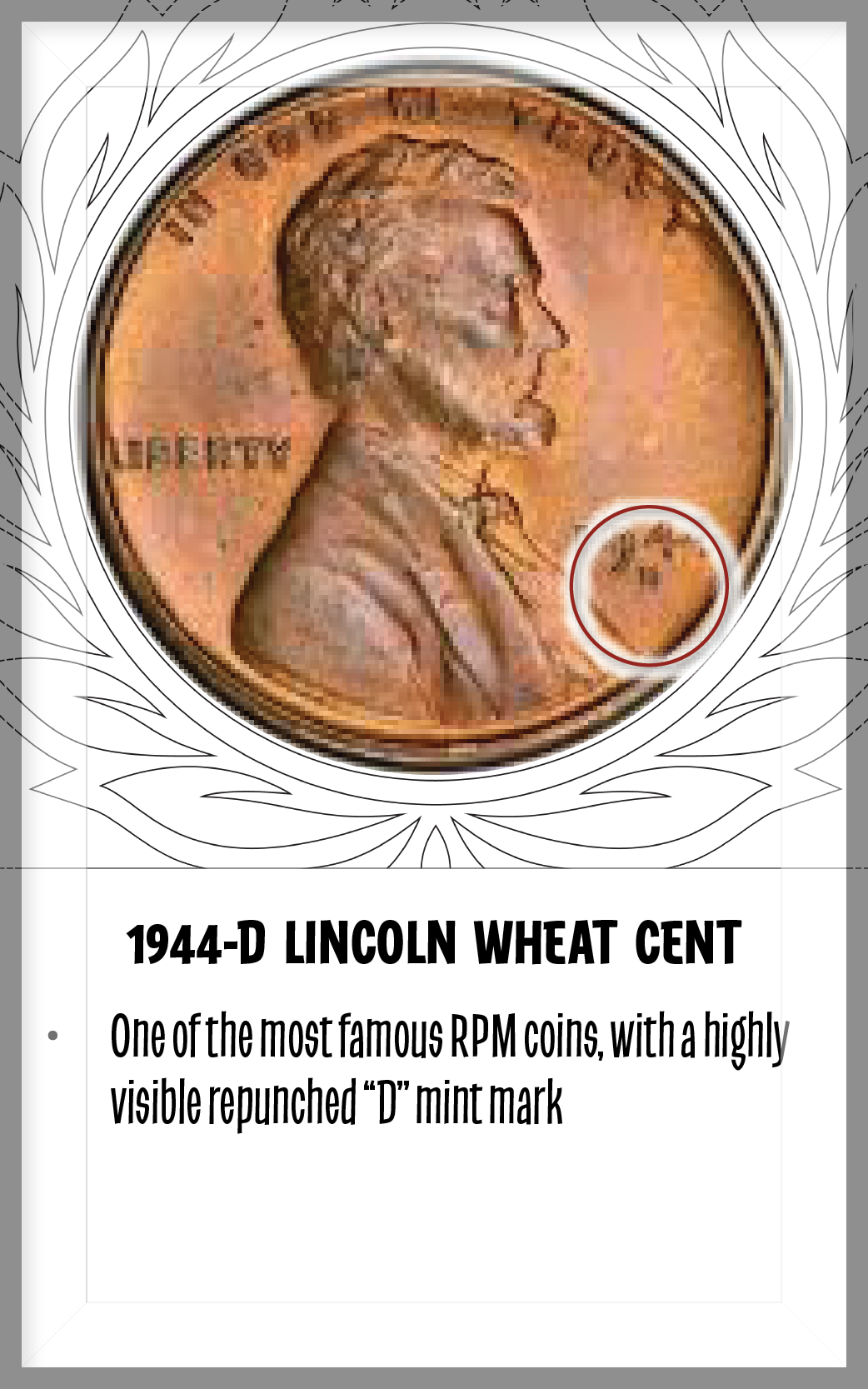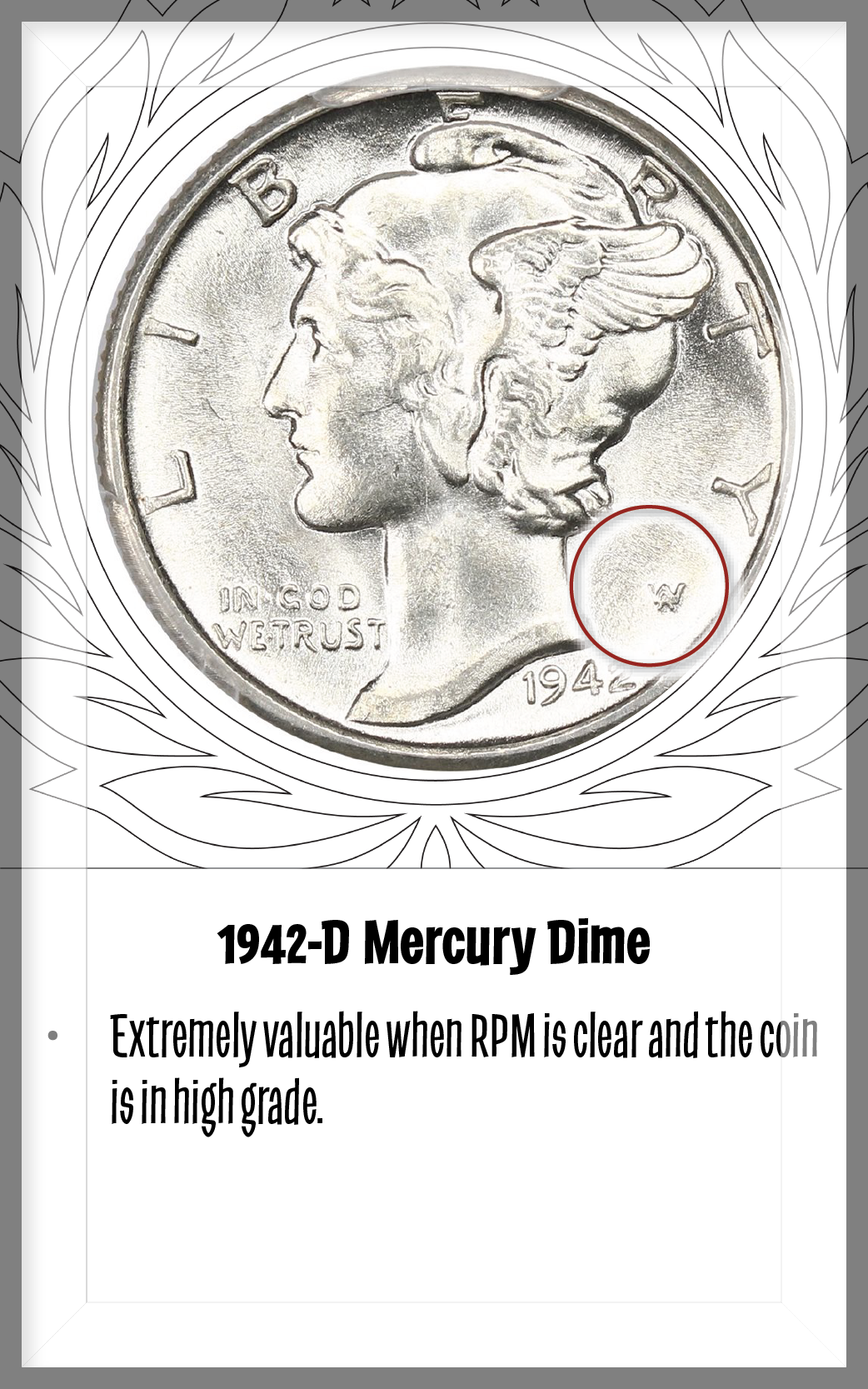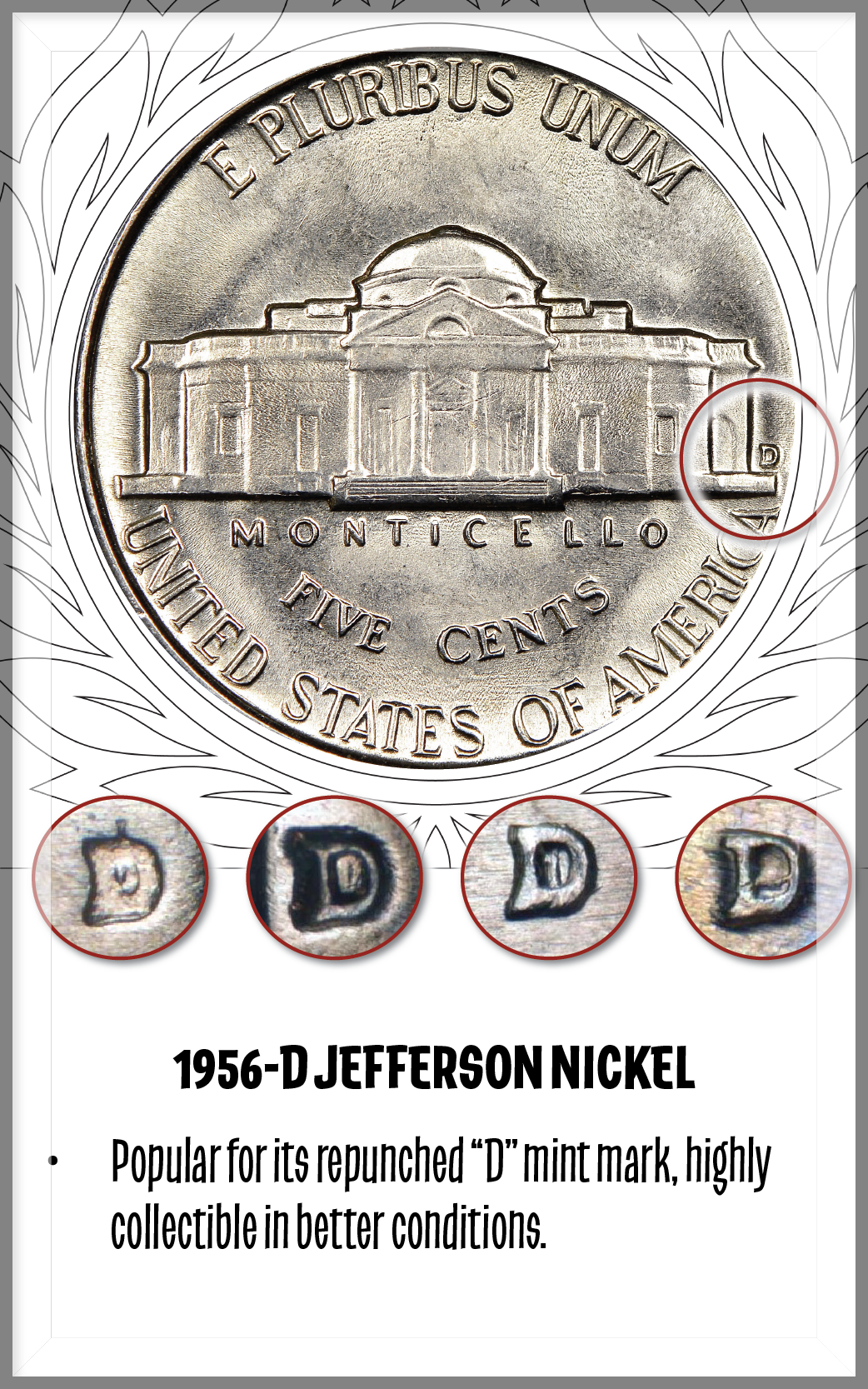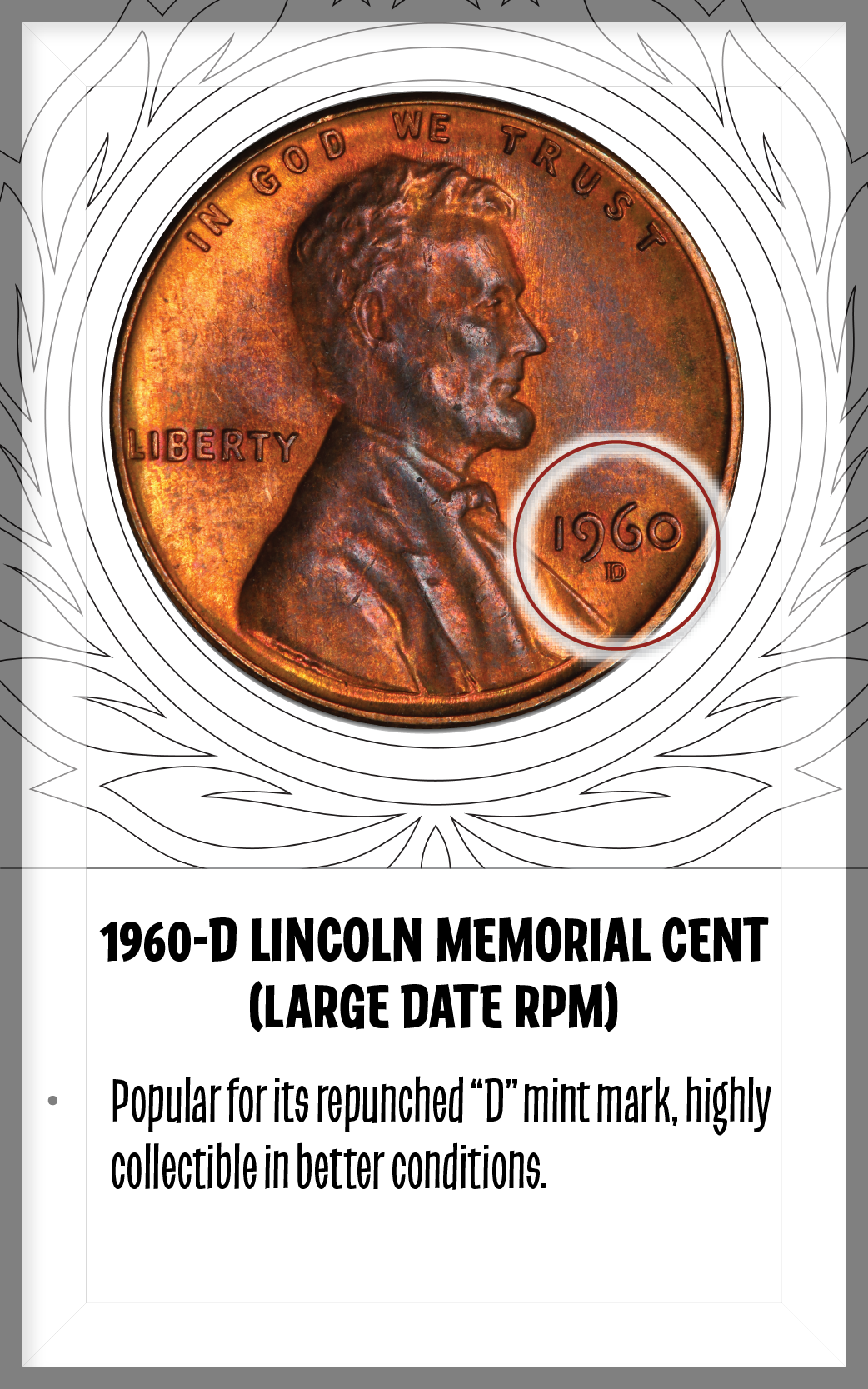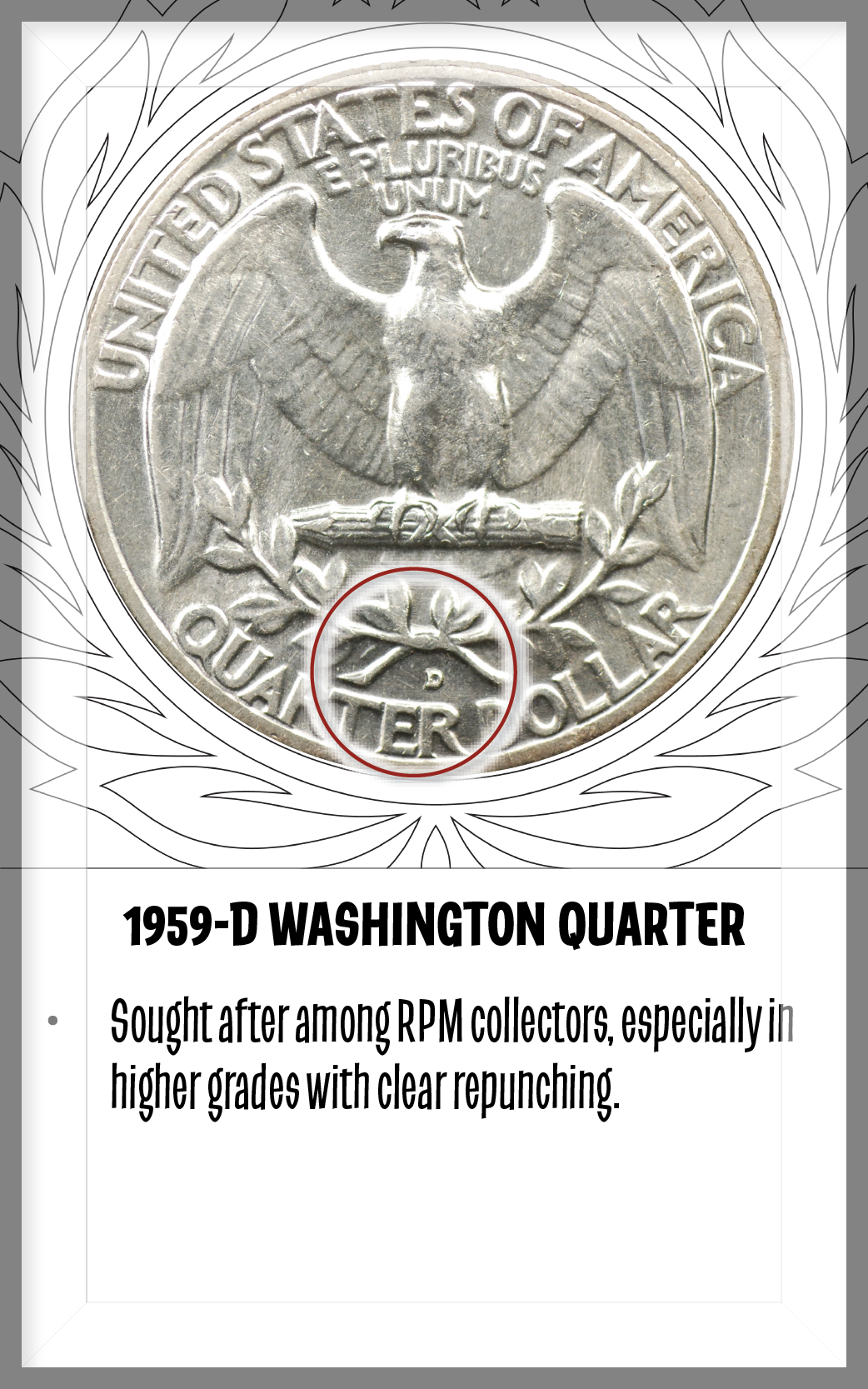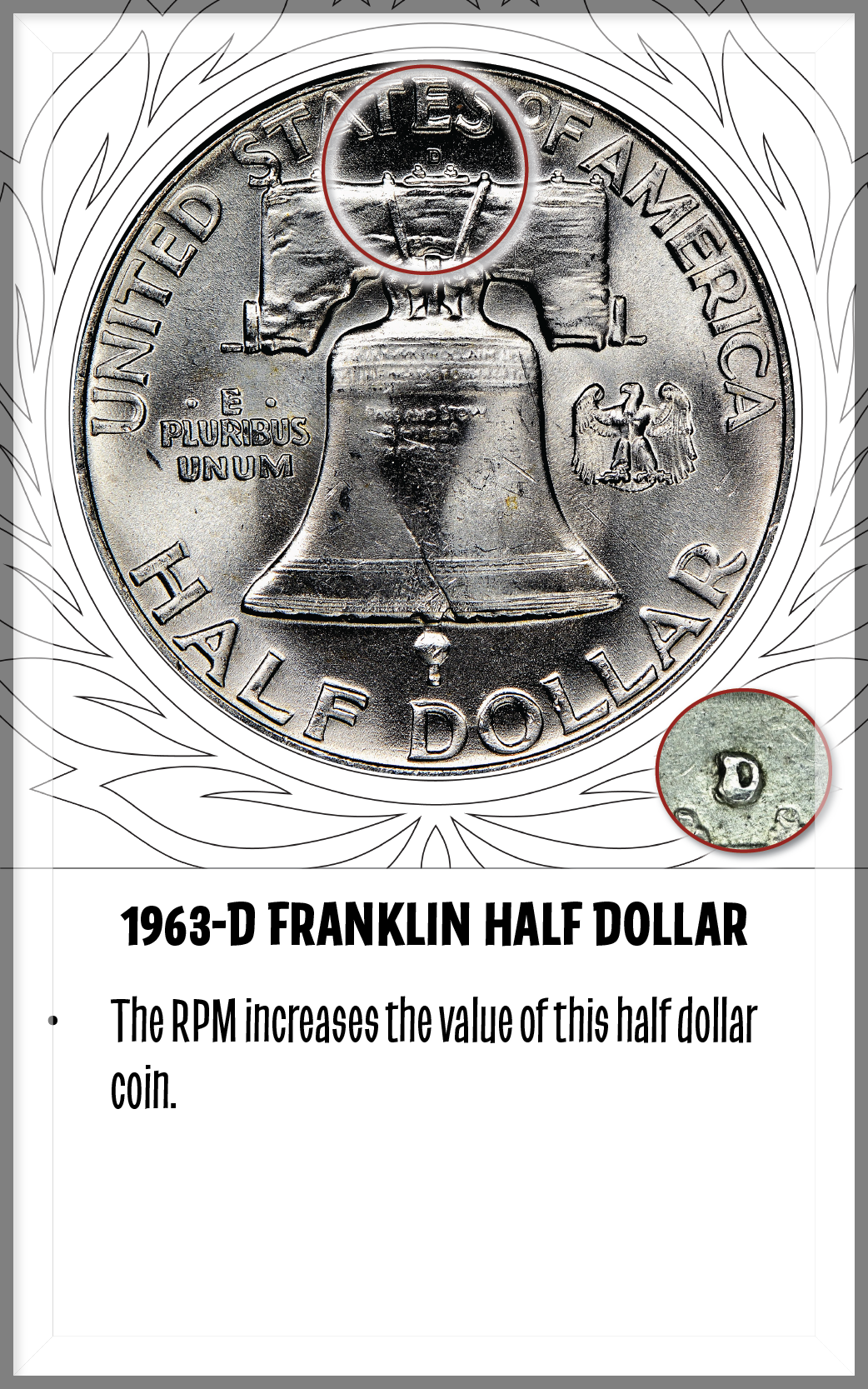Ready to start your search? Grab your Error Coin checklist here!
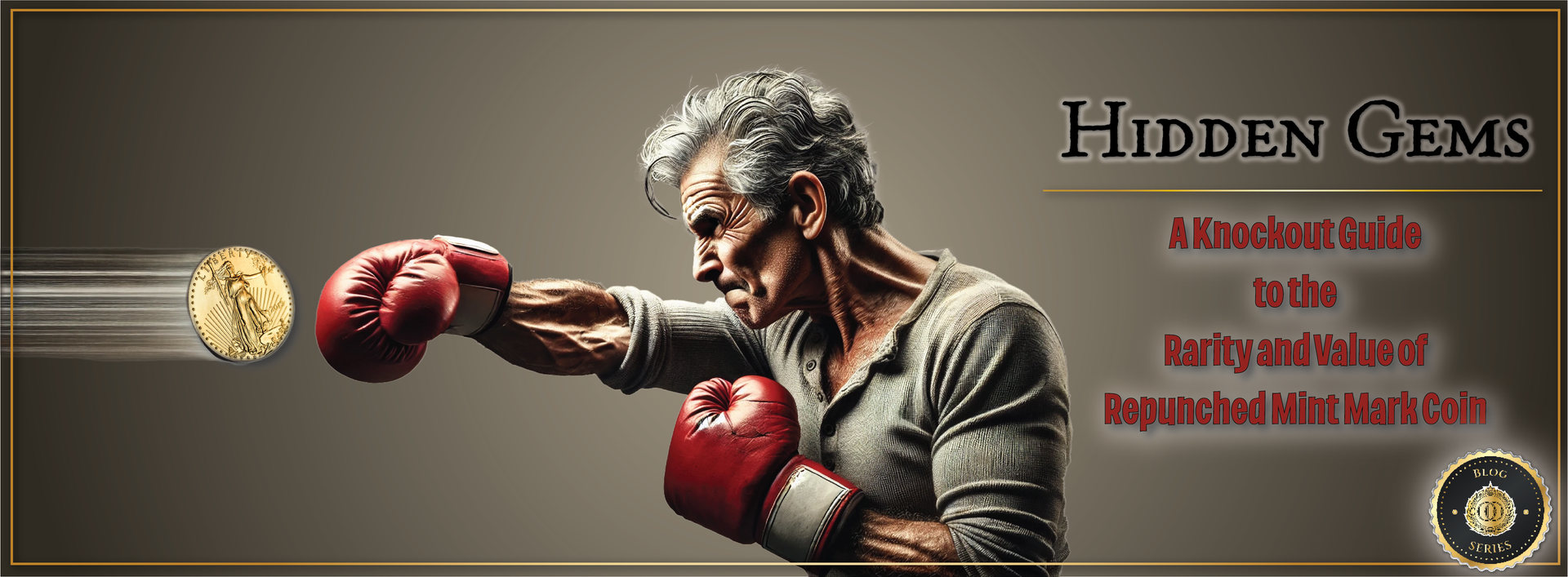
In the thrilling world of coin collecting, finding those rare minting errors can feel like landing a perfect punch in the ring. Among the heavy hitters of error coins are repunched mint marks (RPMs). These once-overlooked minting mistakes have become true contenders, offering both historical appeal and potential financial value. In this blog, we’ll step into the ring and break down the rarity and value of repunched mint mark coins, and how you can score one for your collection.
What Is a Repunched Mint Mark?
Think of a repunched mint mark as a double jab that missed the target the first time around. A repunched mint mark occurs when a coin’s mint mark (the small letter indicating where the coin was produced) is struck more than once in slightly different positions. This error results in the mint mark appearing offset or thicker than usual, almost like the mint workers threw a punch but needed another swing to connect.
RPMs are mainly found in older coins, especially those made before 1989, when mint marks were hand-punched into the coin dies. Modern minting processes have tightened up their guard, reducing the occurrence of this particular error.
How Repunched Mint Marks Occur
Before the 1990s, mint marks were manually punched into coin dies, and just like a boxer who misjudges their jab, sometimes mint workers didn’t quite line up the punch perfectly. If the mint worker struck the die more than once, the result was a repunched mint mark—a subtle error that often went unnoticed at the time. But today, collectors are on the lookout for these rare “punches,” which now command attention and value in the numismatic arena.
The Rarity of Repunched Mint Mark Coins
When it comes to coin collecting, rarity packs the hardest punch. Repunched mint mark coins are rarer than many other types of minting errors, mainly because the process was largely phased out as minting techniques improved. Coins with RPMs are true hidden gems, prized for their scarcity, much like an undefeated boxer with a flawless record.
Some of the most notable contenders in the RPM category come from Lincoln Wheat Cents, Mercury Dimes, and Jefferson Nickels. The 1942-D Mercury Dime, for example, has proven itself a champion, with its repunched mint mark boosting its value significantly.
The Rarity of Repunched Mint Mark Coins
When it comes to coin collecting, rarity packs the hardest punch. Repunched mint mark coins are rarer than many other types of minting errors, mainly because the process was largely phased out as minting techniques improved. Coins with RPMs are true hidden gems, prized for their scarcity, much like an undefeated boxer with a flawless record.
Some of the most notable contenders in the RPM category come from Lincoln Wheat Cents, Mercury Dimes, and Jefferson Nickels. The 1942-D Mercury Dime, for example, has proven itself a champion, with its repunched mint mark boosting its value significantly.
Why Repunched Mint Marks Hold Value
RPM coins have proven they can go the distance, and several factors contribute to their value:
- Rarity: Like a limited-edition title belt, the rarer the error, the more valuable the coin. RPMs are primarily found in older coins, and their rarity makes them a knockout addition to any collection.
- Condition: Just like a seasoned fighter in peak form, coins in top condition carry more weight in the market. A high-grade RPM coin, with its visible error, will often fetch a premium price.
- Visibility of the Error: The more noticeable the repunched mint mark, the more desirable the coin. Think of it as landing that perfectly placed punch—it’s all about making an impact!
- Historical Significance: Collectors value RPM coins for their historical connection to the minting process. Each RPM coin is a snapshot of a time when minting involved more craftsmanship and occasional human error—a throwback to the days before precision machinery dominated the minting ring.
Examples of Valuable Repunched Mint Mark Coins
Just like legendary boxers, some RPM coins have earned their place in history. Here are a few champs to look out for:
- 1944-D Lincoln Wheat Cent: With a repunched “D” mint mark, this coin has become one of the most famous RPMs and can sell for a premium, especially in higher grades.
- 1942-D Mercury Dime: The RPM on this coin is highly visible, making it a fan favorite at auctions.
- 1956-D Jefferson Nickel: A clear repunched “D” mint mark on this coin has earned it a spot among the top RPM coins for collectors.
How to Spot a Repunched Mint Mark Coin
Finding an RPM coin can feel like landing the perfect uppercut—it takes precision and practice. But once you’ve mastered it, you’ll be knocking out these hidden gems with ease. Here’s how you can step into the ring and spot an RPM:
- Examine the Mint Mark Closely: Look at the mint mark under magnification. If you notice doubling or overlapping edges, you’ve likely found a repunched mint mark—your knockout moment!
- Use a Magnifying Glass or Loupe: A high-quality magnifying glass or coin loupe is like a boxer’s trusty gloves—essential for spotting RPMs, as the error can be very subtle.
- Check Online Resources: Many coin enthusiast websites offer detailed guides on RPM coins for specific years and mint marks. Use these resources as your corner team to help you strategize.
- Grade and Authenticate: If you believe you’ve found a champion RPM coin, consider having it graded by a professional service to verify its authenticity and value.
Why Collect Repunched Mint Mark Coins?
Just like a true boxing aficionado appreciates every punch thrown in the ring, RPM coin collectors admire the craftsmanship behind these minting errors. Each repunched mint mark tells a story of the skill—and occasional misstep—of early U.S. Mint workers. These coins are not just valuable for their rarity; they’re a reminder of a time when even the smallest punch could leave a lasting mark on history.
Beyond their historical significance, RPM coins have proven to be contenders in the investment world. As demand for error coins grows, rare RPMs continue to fetch higher prices, making them a rewarding investment for collectors who can spot the value.


